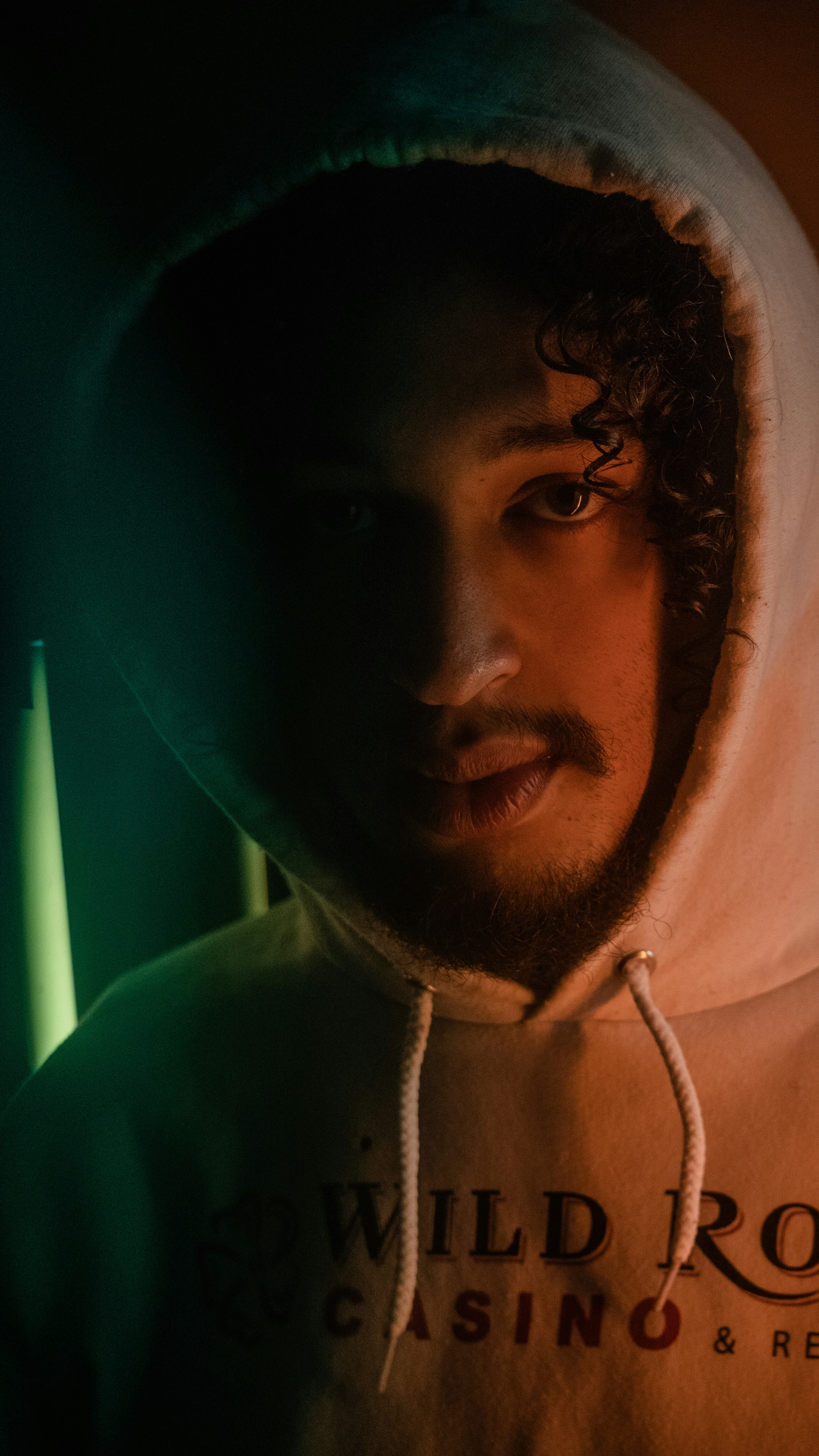
Window Tinting Packages
We offer three premium window tinting packages to suit your needs and budget:
Silver Package - CA$120.00
Carbon tint film installation
Basic UV protection
No warranty included
Gold Package - CA$180.00
Premium ceramic tint installation
Enhanced UV protection
10-year warranty
Platinum Package - CA$399.00
Premium XPEL tint installation
Maximum UV protection
10-year warranty
All installations are performed by our certified technicians using high-quality materials. Contact us to schedule your appointment or learn more about our tinting services.
Window Tinting – The Ultimate Guide to UV Protection & Privacy
Introduction to Window Tinting
What is window tinting, and why is it popular?
History and evolution of window tinting technology
Legal regulations and restrictions on window tinting
What is Window Tinting?
Definition and purpose of window tinting
How window tint film works
Different levels of tint and their impact on visibility
Benefits of Window Tinting
UV protection and reduction of sun glare
Heat reduction for better interior comfort
Increased privacy and security
Protection against interior fading and cracking
Improved fuel efficiency by reducing air conditioning usage
Types of Window Tint Films
Dyed Window Tint: Affordable but less durable
Metallic Window Tint: High durability but may interfere with signals
Carbon Window Tint: Excellent UV protection without interference
Ceramic Window Tint: Premium option with superior heat rejection
Hybrid Tint: Combination of dyed and metallic properties
How Window Tinting Works
The science behind heat and UV ray blocking
Light transmission percentages and how they affect visibility
How tint films adhere to glass surfaces
Legal Regulations for Window Tinting
Understanding Visible Light Transmission (VLT) percentages
Legal limits for front, side, and rear windows in different states/countries
Consequences of illegal window tinting (fines, failed inspections)
Professional vs. DIY Window Tinting
Pros and cons of professional installation
Challenges of DIY tinting and common mistakes to avoid
Cost comparison between professional and DIY tinting
The Window Tinting Process
Step 1: Surface Preparation (Cleaning and measuring the glass)
Step 2: Cutting and Shaping the Tint Film
Step 3: Applying the Film Properly (Techniques to avoid bubbles)
Step 4: Drying and Curing Process (How long it takes to set)
How to Maintain and Clean Tinted Windows
Best cleaning products for tinted windows
Do's and don'ts when cleaning tinted surfaces
How to prevent bubbles, peeling, and discoloration
Common Myths and Misconceptions About Window Tinting
Myth: Window tinting makes the car completely dark inside
Myth: Tint film weakens over time and needs constant replacement
Myth: Factory-tinted glass is the same as aftermarket window film
Window Tinting for Vehicles vs. Residential & Commercial Buildings
Differences in material and application
Benefits of home and office window tinting for energy efficiency
Security and privacy advantages for buildings
Cost of Window Tinting – Is It Worth It?
Price range for different tint film types
Factors that affect the cost (brand, labor, coverage)
Long-term savings on cooling and interior maintenance
How Long Does Window Tint Last?
Lifespan of different types of window tint films
Factors that affect durability (weather, maintenance, quality)
Signs that window tint needs replacement
Environmental Impact of Window Tinting
How window tinting reduces energy consumption
Eco-friendly tint films and sustainable options
Recycling old tint films responsibly
Frequently Asked Questions (FAQs) About Window Tinting
How long does it take for window tint to cure?
Can I roll down my windows after tinting?
Will window tinting affect my car's resale value?
Can I remove window tint myself?
What happens if my tint film bubbles or peels?
Is there a tint that doesn't darken windows but still blocks heat?
Now, let's dive into the complete long-form article.
Window Tinting – The Ultimate Guide to UV Protection & Privacy
Introduction to Window Tinting
Window tinting is a game-changer for vehicle owners and homeowners looking to enhance privacy, reduce heat, and protect interiors from sun damage. Whether you're considering tinting your car windows for aesthetics or installing it in your home for energy savings, this guide covers everything you need to know about window tinting, including types, benefits, laws, and maintenance tips.
Continue reading to find out why window tinting is one of the best investments for your comfort and security.
Window Tinting – The Ultimate Guide to UV Protection & Privacy
Introduction to Window Tinting
Window tinting is a game-changer for vehicle owners and homeowners looking to enhance privacy, reduce heat, and protect interiors from sun damage. Whether you’re considering tinting your car windows for aesthetics or installing it in your home for energy savings, this guide covers everything you need to know about window tinting, including types, benefits, laws, and maintenance tips.
Continue reading to find out why window tinting is one of the best investments for your comfort and security.
What is Window Tinting?
Window tinting is the process of applying a thin, transparent or tinted film to glass surfaces, primarily in vehicles, residential homes, and commercial buildings. This film helps block out harmful ultraviolet (UV) rays, reduce heat buildup, and provide privacy while enhancing the overall look of the vehicle or structure.
Unlike factory-tinted glass, which has the tint embedded in the glass during manufacturing, aftermarket window tint films are applied as an additional layer, making them customizable and removable.
How Window Tint Works
The tint film is made up of multiple layers, including:
• Polyester Base Layer – Provides durability and clarity.
• Adhesive Layer – Helps the film stick to the window surface.
• UV Blocking Layer – Reduces harmful UV rays.
• Metallic or Ceramic Layer (depending on type) – Helps with heat rejection and glare reduction.
• Scratch-Resistant Layer – Prevents damage from everyday use.
Benefits of Window Tinting
Window tinting offers numerous advantages beyond just aesthetics. Here are some key benefits:
1. UV Protection and Glare Reduction
Excessive sun exposure can cause skin damage and lead to premature aging or even skin cancer. High-quality tint films block up to 99% of harmful UV rays, protecting both passengers and interior materials. Additionally, tinting helps reduce glare from sunlight and headlights, improving visibility while driving.
2. Heat Reduction for Interior Comfort
Window tint significantly lowers the amount of heat that enters the vehicle or building by blocking infrared radiation. This keeps the interior cooler, reducing the need for excessive air conditioning and improving overall comfort.
3. Increased Privacy and Security
Tinted windows make it harder for outsiders to see inside your vehicle or home. This added privacy helps protect personal belongings from potential theft and enhances security.
4. Protects Interior from Fading and Cracking
Sunlight can cause the upholstery, dashboard, and carpets to fade over time. Leather interiors may crack and become brittle. Window tinting helps preserve these materials by blocking harmful UV rays.
5. Improved Fuel Efficiency
Since window tinting reduces the need for air conditioning, your vehicle consumes less fuel, leading to improved gas mileage.
Types of Window Tint Films
Not all window tint films are created equal. Here’s a breakdown of the different types available:
1. Dyed Window Tint
• Most affordable option
• Provides good privacy but offers limited heat rejection
• May fade over time
2. Metallic Window Tint
• Highly durable and blocks UV rays effectively
• Reflective appearance
• Can interfere with GPS, radio, and mobile signals
3. Carbon Window Tint
• Provides superior heat rejection and UV protection
• Does not interfere with electronic signals
• More expensive than dyed films but more durable
4. Ceramic Window Tint
• Highest quality option with excellent UV and heat rejection
• Maintains visibility with minimal reflectivity
• Does not interfere with electronic devices
• Most expensive option but lasts the longest
5. Hybrid Tint (Combination of Dyed & Metallic Layers)
• Offers the best of both worlds: affordability and durability
• Reduces glare while maintaining good heat rejection
Legal Regulations for Window Tinting
Before getting your windows tinted, it’s important to understand the legal restrictions in your area.
Understanding VLT (Visible Light Transmission) Percentages
• Lower VLT% = Darker Tint (e.g., 5% is limo tint)
• Higher VLT% = Lighter Tint (e.g., 70% allows more light in)
Each state or country has different regulations regarding how dark window tint can be, especially for front, side, and rear windows.
Consequences of Illegal Tinting
• Fines or citations
• Required removal of illegal tint
• Vehicle inspection failure
To avoid legal issues, always check your local window tinting laws before installation.
The Window Tinting Process
Window tinting requires precision and the right techniques to achieve a flawless finish.
Step 1: Surface Preparation
• Clean windows thoroughly to remove dirt, dust, and oils.
• Use a lint-free cloth and glass cleaner to ensure a smooth surface.
Step 2: Cutting and Shaping the Tint Film
• Measure and cut the tint film to fit each window.
• Use a heat gun to shape the film to curved windows.
Step 3: Applying the Film
• Peel the protective backing and apply the tint using a squeegee.
• Remove air bubbles to ensure an even application.
Step 4: Drying and Curing
• The film takes 2–5 days to fully cure.
• Avoid rolling down windows during this period.
How to Maintain and Clean Tinted Windows
Proper maintenance will extend the life of your window tint.
Do’s:
✔ Use a mild, ammonia-free glass cleaner.
✔ Wipe with a microfiber cloth to prevent scratches.
✔ Park in shaded areas to prolong tint life.
Don’ts:
✖ Avoid sharp objects that can scratch or tear the tint.
✖ Do not use ammonia-based cleaners, as they can cause tint film to degrade.
✖ Refrain from rolling down windows immediately after installation.
Cost of Window Tinting – Is It Worth It?
The cost of window tinting varies depending on film type, labor, and vehicle size.
• Dyed Tint: $100 - $300 (budget option)
• Carbon Tint: $250 - $500 (mid-range)
• Ceramic Tint: $400 - $1,000 (premium)
While high-quality tinting is more expensive upfront, the long-term benefits (UV protection, heat reduction, and durability) make it a worthwhile investment.
Frequently Asked Questions (FAQs) About Window Tinting
How long does it take for window tint to cure?
It usually takes 2–5 days for window tint to fully cure, depending on weather conditions.
Can I roll down my windows after tinting?
Avoid rolling down windows for at least 48 hours to prevent peeling.
Will window tinting affect my car’s resale value?
High-quality tinting can enhance resale value by keeping the interior in better condition.
Can I remove window tint myself?
Yes, but it requires patience. Use a heat gun or steamer to loosen the adhesive before peeling.
What happens if my tint film bubbles or peels?
Bubbles can be caused by poor installation. If they persist, the tint may need replacement.
Is there a tint that doesn’t darken windows but still blocks heat?
Yes, ceramic tints offer heat rejection without significantly darkening the windows.
Conclusion
Window tinting is a fantastic way to enhance privacy, reduce heat, protect interiors, and improve your driving experience. With the right tint film and proper maintenance, you can enjoy long-lasting benefits while ensuring compliance with legal regulations.
Whether you choose DIY or professional installation, investing in quality tinting will save you money and keep your car or home comfortable year-round.
Claim lifetime Access to MTS Prompts Library: https://ko-fi.com/s/277d07bae3





